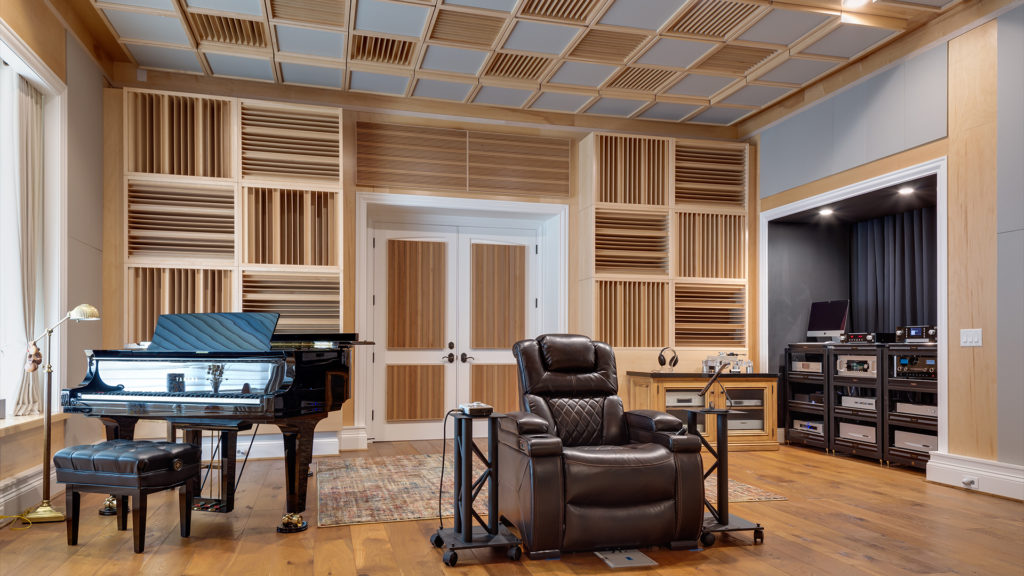
The search term acoustic material means nothing by itself. A lot of times with these search terms, you have to interpret what people are asking about. The term acoustic material can be used to describe a host of many materials types. In acoustics we have two main processes. We have sound absorption and sound diffusion. Both of these “processes” could be referred to with acoustic material.
There are material types that work for sound absorption and there are material types that work for sound diffusion. Using a search term such as acoustic material will not point you in any direction. You must know what the acoustic material is going to be used for within the acoustical processes of absorption or diffusion. Once you have chosen either absorption or diffusion, you then can decide what acoustic material to use.
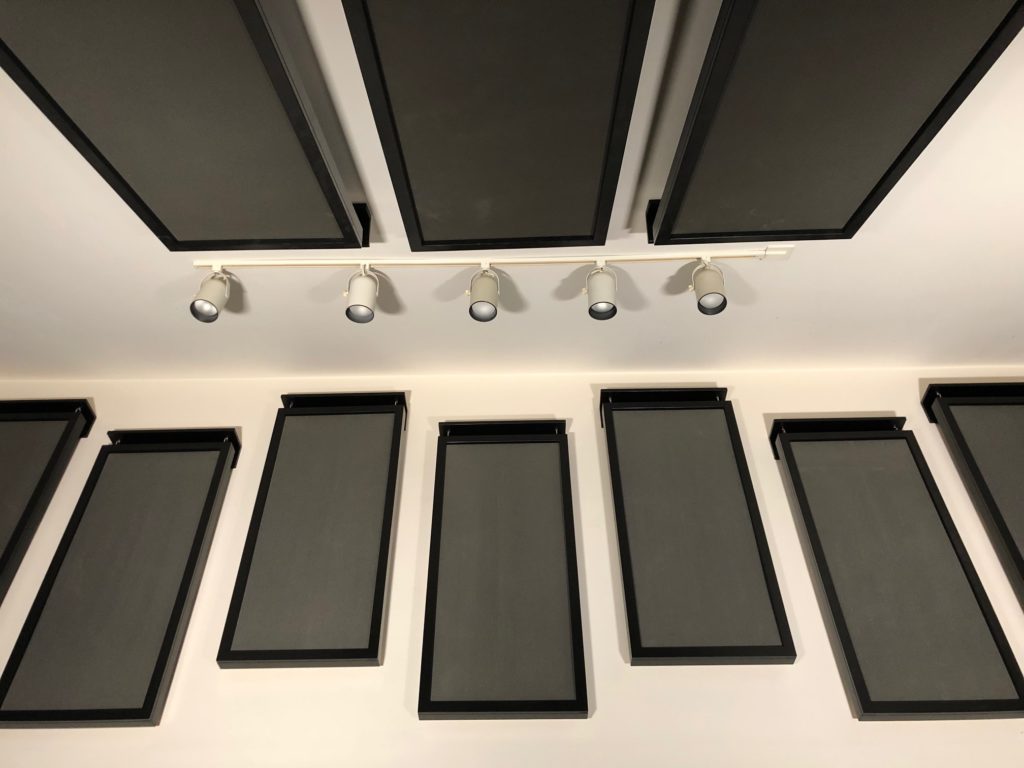
The Importance of Absorption and Diffusion in Room Acoustics
In room acoustics we have only two technologies to work with. We have absorption and diffusion. Yes, there are combinations of both absorption and diffusion technologies in one product type but nonetheless it remains that the only two main types we have to work with are absorption and diffusion. Absorption is used for two primary objectives. It is used to absorb excess low frequency pressure within our small rooms. Lower frequency “bass” energy does not fit in most small rooms. When it does not fit, it excites the air at that frequency between two, four, and six wall room surfaces. This room distortion is termed room modes.
Room modes can exaggerate certain frequencies and attenuate others. You can end up too much of a certain octave band or not any at all. Absorption is also used to lower reverberation times within rooms. Reflections from the room walls and ceiling all add up together to produce reverberation. Most think it is echo but echo is a repeating signal. Reverberation is how long a sound stays around within a room after it has been sung, spoken, or played. We use absorption on the wall surfaces to absorb energy and reduce the strength of the reflection so we can have speech intelligibility.
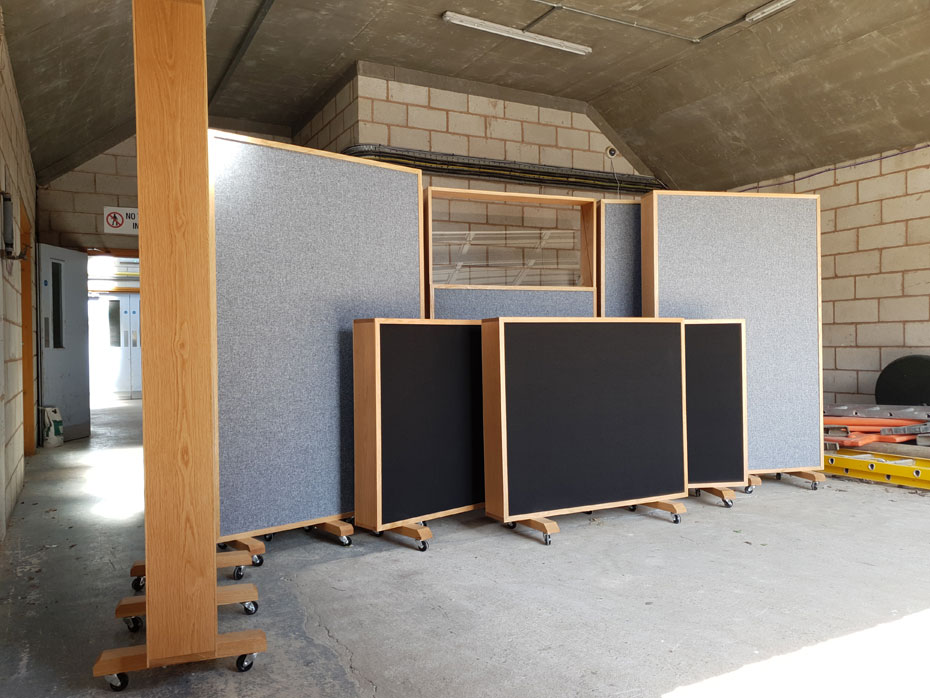
The Impact of Reverberation on Speech Intelligibility in Auditoriums and Classrooms
Speech intelligibility is defined as how many words within a ten word sentence you can hear from the audio source within the room. The audio source can be a set of speakers, a single speaker at a podium, or any other source type where you must be able to hear 8 out of 10 words so you can have comprehension and understanding. Reverberation interferes with the direct or straight line energy from the source.
The purest and cleanest sound from any source is the straight line energy that travels directly from the speakers to your ears. Since a straight line is the shortest distance between source and receiver, straight line energy has less room surface reflections within it. We want to lower the impact on reflections so we can improve our speech intelligibility levels within our churches, classrooms, and auditoriums. If we hear more words we can hear more meaning.
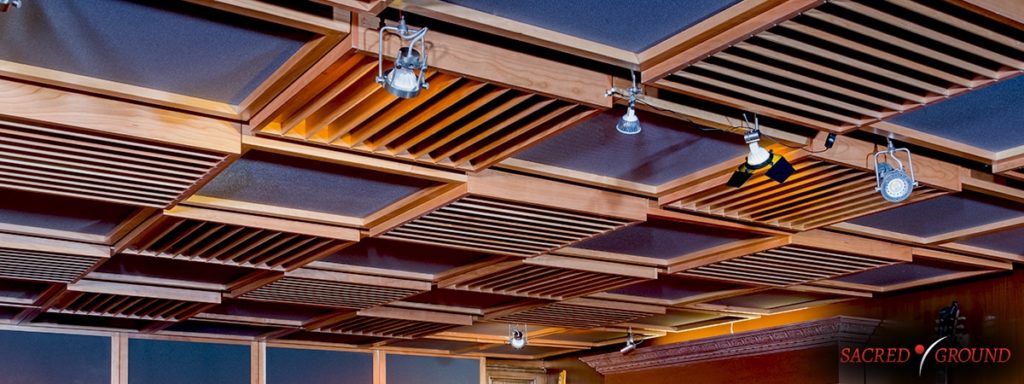
The Science of Psychoacoustics: How Diffusion Reduces Reflections and Changes Perception of Room Size
Diffusion is a technology that is used to make a small room sound larger or to make the surface area it is applied to sonically disappear. Diffusion works by reducing the impact of reflections from our room boundary surfaces. One could say it takes a large reflection that is going to strike a certain wall and break it up into a series of smaller reflections that are much more difficult for our brains to localize.
Our brains are capable of locating and determining distances based upon the reflections we hear from those room surface areas. Our brains can detect with our eyes closed how far a surface area is away from us by listening to the time signature of the reflection from that wall surface. When you place diffusion on that wall surface area, you minimize the reflection strength which limits the brain’s ability to localize distance. Diffusion and its impact on hearing is found in the science of psychoacoustics.
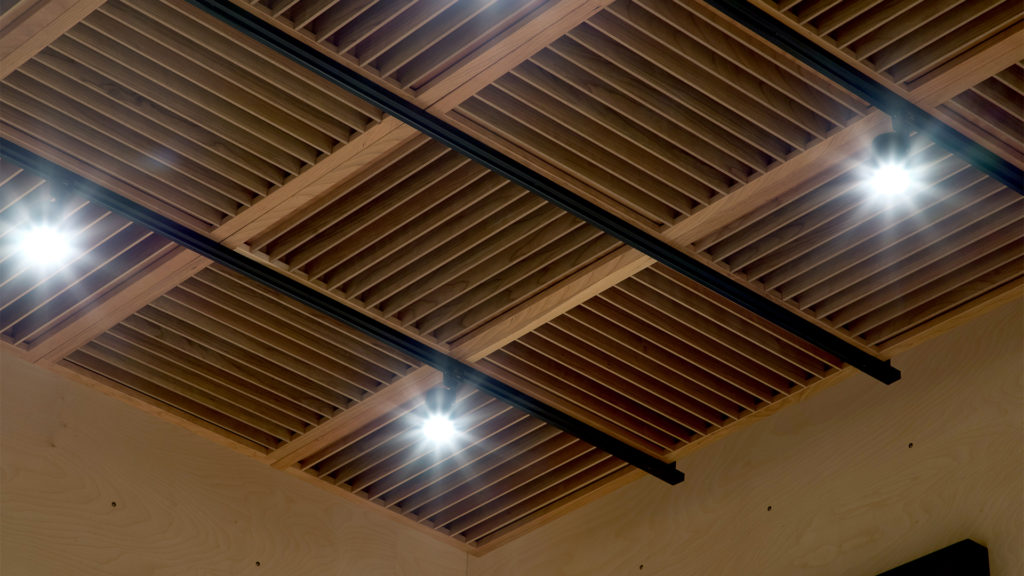
Different Types of Absorption and Diffusion Technologies for Effective Room Acoustics
Absorption and diffusion technologies require completely different acoustic material types. Absorption technology is broken down into the frequency range that the acoustic material chosen works within. Let’s take acoustic foam. Most 2″ thick acoustic foams begin working around 125 hz. and extending upward in response to 6,000 hz. Acoustic foam is what is termed a middle range sound absorption technology. Lower frequency sound absorption technologies are divided into three main types. We have diaphragmatic, membrane, and Helmholtz.
Diaphragmatic is the most powerful of the three and it is the type we use at Acoustic Fields. Our ACDA series is the most powerful low frequency absorption technology ever created. Diffusion is a middle and high frequency treatment technology that is used to minimize the reflections (distortions) from our wall surfaces so we may have a better balance between direct and reflected energy to foster speech intelligibility levels. Quadratic diffusion is the only true diffusion technology. Most “diffusers” labelled as such within the marketplace are just sound redirection devices.







